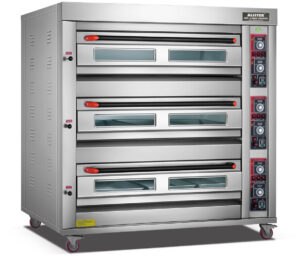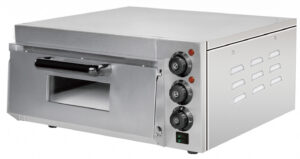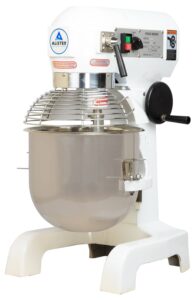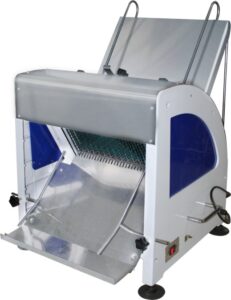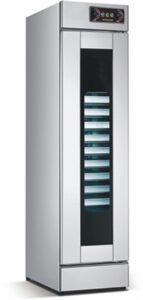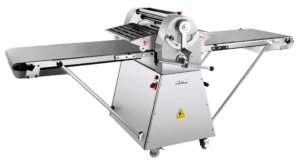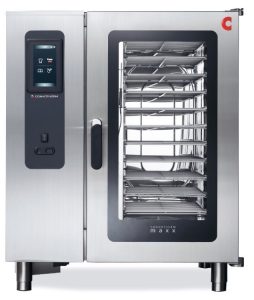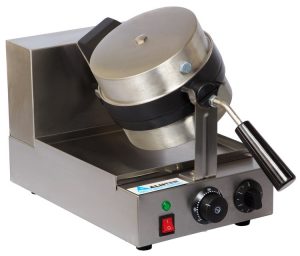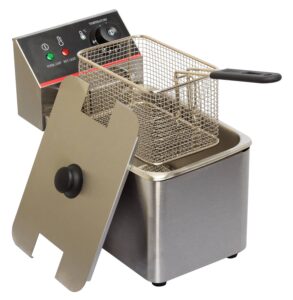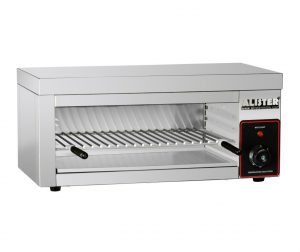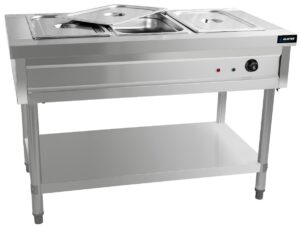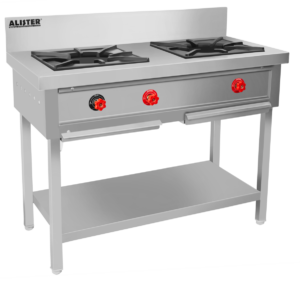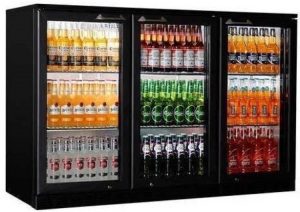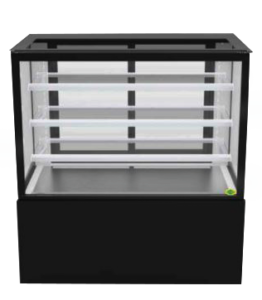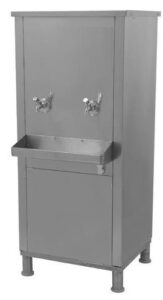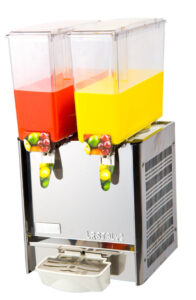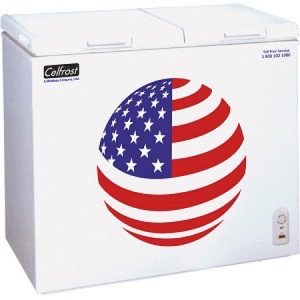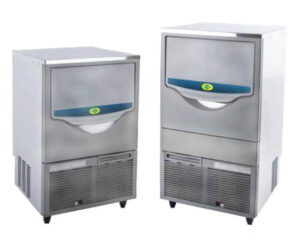Create Memorable Food Presentation: 7 Impactful Techniques
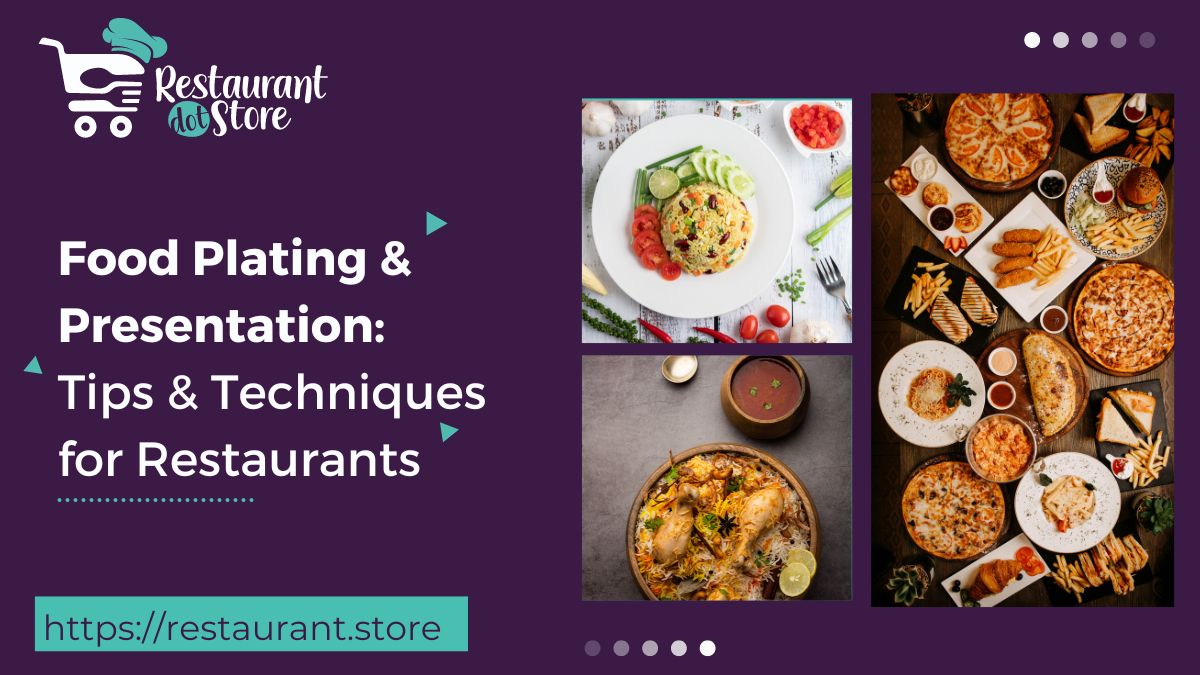

There is a popular saying that goes, “We eat with our eyes”. There is truth in this statement, as when people go out to eat they expect their food to look good. This expectation is justified as they would be paying for professionally prepared food. Plus, in the age of social media, the most basic activities are posted online immediately.
In times like this, food presentation, i.e. having visually pleasing food items is more than essential, and can also be a great way to market your restaurants online. If your plating is at par, more people will want to actively visit your restaurant if they see it online.
The biggest tip for food presentation lies in food plating, which is a technique to enhance how the dish is perceived visually. You could own a restaurant of any cuisine, the fact that how you present your food matters to the customers is indispensable. It makes the dining experience more valuable and enjoyable and also sets you apart from your competitors, depending on how creative you really get!
But before you start exploring the various creative sides of food presentation, it’s essential to understand the basics of food plating, which are common for any type of cuisine. Any meticulously assembled dish encloses 3 P’s, which are- Presentation, Plating & Pairing. Enclosed in this blog are food presentation tips & techniques that adhere to the 3 P’s and can be utilized to make any dish look beautiful!
Food Presentation Tips & Techniques to Make Your Dish Look Appetizing!
1. Choose The Right Tableware
Before you actually start assembling your cooking, it’s important to choose the aptest plate, bowl, or tableware. These will act as a blank canvas for your plating, and thus need to match and compliment your cooking! Some important physical attributes to keep in mind before choosing your tableware are shape, color, and texture. If you have a light-coloured food dish, you can plate it on a plate that has a dark shade, but if your dish itself is vibrant and dynamic, a simple round white plate could be the best option to make it pop. A bonus food presentation tip: Avoid the color blue as it is linked to killing your appetite!
2. Build Around a Focal Point
Once you have the right tableware chosen, you can begin plating part of the food presentation. If you are stuck on how to start, it helps to choose the main element and then build the rest of your dish around it. For example, if you are serving a Sandwich, make that your focal point, and place veggies or chips around it as supporting elements. This will also make your dish look fuller. You can also make use of sauces to add design and patterns around the main focus!
3. Pay Attention to Textures
The thing about textures is that, not only can we feel them in our mouth, but we also perceive them with our eyes and associate them with a certain taste & feel. This is what you must keep in mind most for food presentation. A contrast in textures is eye-catching and adds more character. You can use textures like foams to make your dish more appealing.
4. Stack Up & Add Height
Many chefs prefer to stack their dish up, rather than spread it around. Adding height to your dish redirects the attention to the main point, and also creates an illusion of depth. It has a visual impact on how your dish is presented. Try not to separate the food, and build up from bottom to top, to create a balanced height. You can invest in some ring molds to create a stable base for the same.
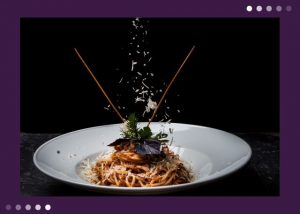

5. Color Palette
Did you know that red is the most appetizing color, and blue is the least appetizing one? This is because many types of food come in shades of red, yellow, orange, or light colors, whereas we don’t find as many foods in the color blue. Deciding on a color palette for your food presentation with the right shades is crucial to add to its visual appeal. Much like texture, we perceive colors with feelings and memories, and that’s why they can make or break the appearance of your dish.
Using contrasting colors like bright and neutral tones together is a bonus tip to add a dynamic aspect. Moreover, the usage of colors is versatile as they can highlight the main part of the dish, but can also be used in splashes to complement it. These will turn your food into a sensory experience.
6. Garnishing
Many times garnishing is used to just add a final yet generic topping to your dish. Sometimes, the garnish is also inedible! To elevate the sensory and visual experience, use edible garnish that isn’t all too common. Rather than regarding it as a formality to be checked off, garnish can be used as a method to add details to your dish. Also, keep in mind to use garnishing items that go along or elevate the taste of the dish as well and not just the visual!
7. Above All, Match the Dish to Your Restaurant
When someone enters a restaurant for comfort food and receives a fancy and upscale dish, it’s off-putting. There are certain expectations of the customers depending on the restaurants they visit. Make sure you understand your customer base thoroughly and plate your dishes according to what they wish to eat.
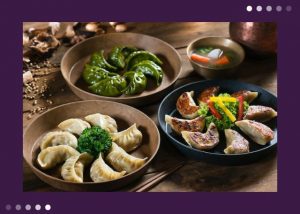

Conclusion
We hope these food presentation ideas were helpful! While food presentation and plating will definitely ramp up the experience of your restaurant, the quality and taste must not be compromised. After all, beautiful food is no replacement for tasty food. And to make food that is both tasty and looks professional, you need the support of the right equipment. To get efficient commercial kitchen equipment that produces delicious dishes that are visually appealing, browse through Restaurant.Store’s catalog today!
Moiz November 10, 2022

